José Luis Marrero Cabrera, sculptor, farmer and teacher. Arucas. Interview by @loretosocorro
Behind the door of an old house in Arucas, the sculptor José Luis Marrero welcomes us and welcomes us among small and medium-sized sculptures.
He keeps moving his hands as he smiles and tells us the story of each piece, sprinkling thoughts and verses.
Have you always wanted to be a sculptor?
"In my early days I wanted to do modeling because, since I was a child, I liked working with clay. And also draw and paint. Over time I learned carving, first with the carpenters and then with the stone workers of Arucas. I did the Fine Arts degree in Tenerife. That cost me a lot but they helped me and today I still have great teammates from that stage in Tenerife ”.
What made you choose stone?
"I first learned how to carve wood like just another carpenter, but when I tried stone I was thrilled. The sound of the stone ... like it makes you dance by yourself. I can't explain it to you, you have to feel it ”.
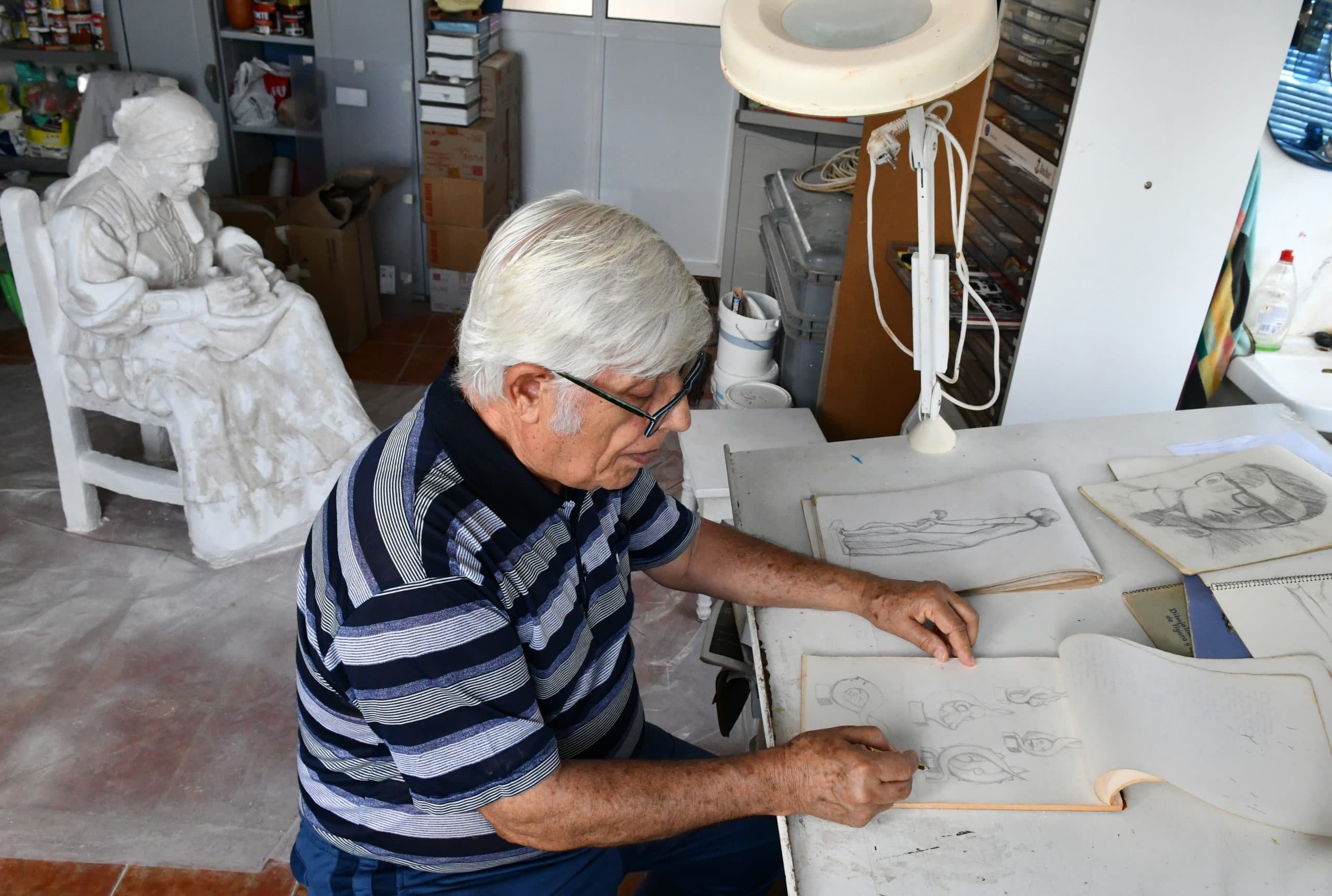
And from learning to start work, to have assignments, how was the process?
"In the quarry of Teror, where there is a yellow gemstone, there was a cross on the ground and the owner asked me to make a Christ for it. I was young and I appreciate the confidence you had. I said yes, that is how I learned too and since then I have not stopped. "
You have also been a teacher, combining that profession with that of a sculptor ...
"They called me to do jobs and one day I took a group of young boys to teach them what I knew. Never charge them. The city council gave me a room near the Church of Arucas and there I taught them and I also learned with them. "
After this, the Las Palmas School of Art?
«Then I was teaching at the School of Art that opened in Guanarteme, which was an endearing place. Then we moved to the San Cristobal area. "
As a teacher, what would you stand out from the almost thirty years of your profession?
"The works with the students and they were very hard-working. They wanted to do things in the room in Arucas, in the schools and institutes where I was before school: Cardones, Firgas ... At the School of Art I first started drawing and painting until Abraham Cárdenes started me modeling. And then I already took the exams and became a teacher of direct carving as well "
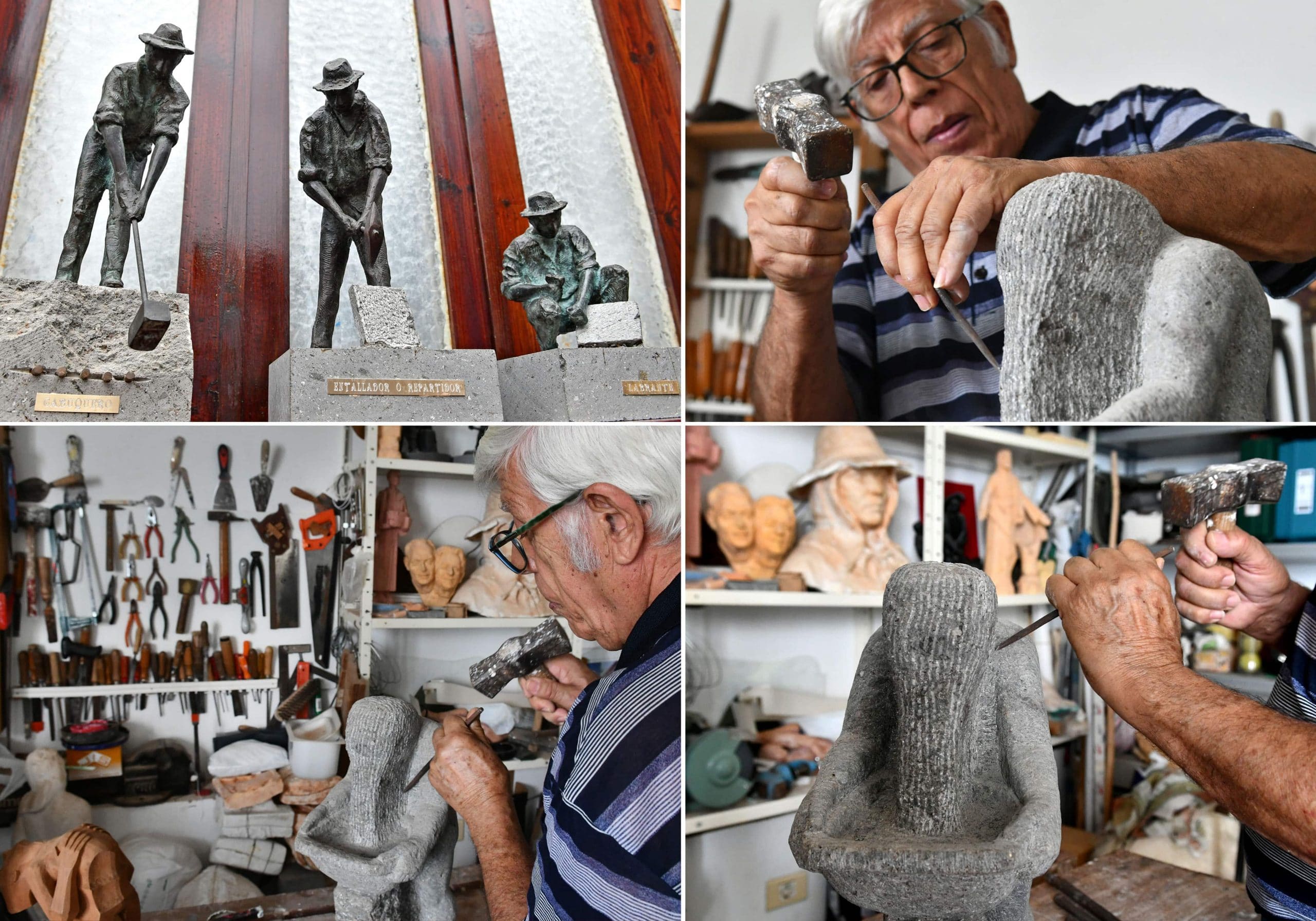
The walls are decorated with photographs of his works and tributes. We see sculptures that are by roundabouts, churches and squares of several islands.
What is your artistic process?
"Think a lot. Give sculpture a life. What does this work mean? - He points to a sculpture in the hallway of his house- It is thinking about what we are, where we come from,… they are not only a woman and a man. Why is this sculpture raised? Death never rises, sees everything and flies alone ... "
He points out a sculpture of a dancer ...
"It is made to be seen from all angles. Each person who looks at it puts his own, the author gives a story with his look and whoever observes it also gives it and contributes with his own look. "
Are you a humanist sculptor?
"They would consider me that way. They paid me a tribute and said that. Every work I do because I am commissioned or because it comes out to me has a story. You have to see beyond the stone. And another thing is that I like to have the freedom of those who enjoy and interpret sculpture. "
Are your sculptures a hymn to freedom?
"I live with a desire for freedom, but counting on others. Freedom is everything to me. Meeting someone and being able to unite with each other and not stop being a small child. I still play with my granddaughters and this fills me up. Respect others. ӂ
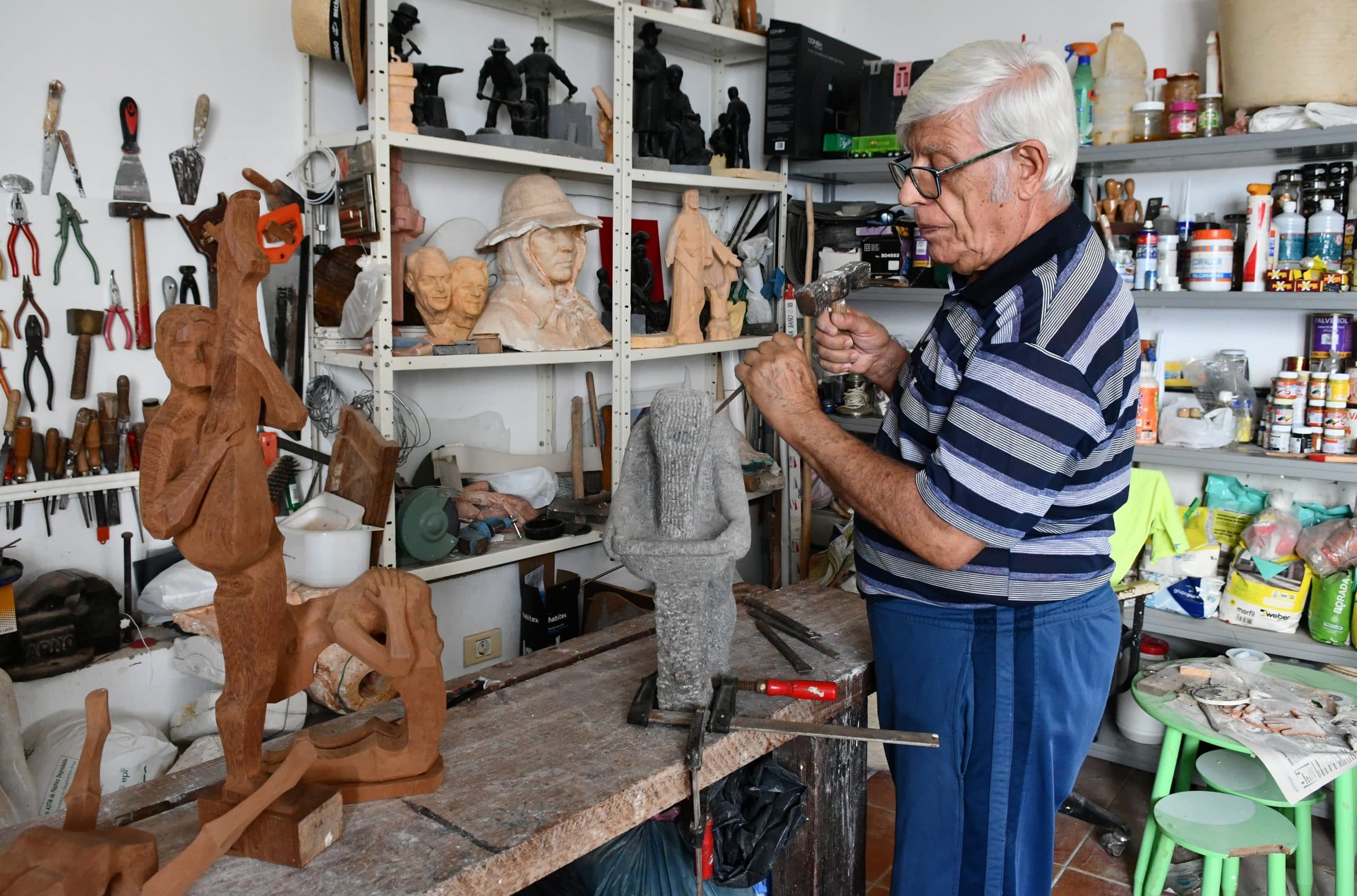
How many hours did he dedicate to each sculpture?
"Sometimes a lot, sometimes a few and sometimes nothing ... when there were orders I would go into the workshop and have no rest or look at the clock. He ate and dined in the workshop, until it was finished "
What is the most important thing when working with direct carving?
"Pay attention to the shapes before working the stone. Know where the vein is. Look to know that it is like a dialogue with the stone, so that it does not break and work it slowly, looking for the way, that the stone speaks so that it does not explode and goodbye ... - The sculptor puts his hands together, smiles and gives us another half-sung thought- Everything in life goes away ... the stone stays. "
What kind of stones are currently being worked on?
"There is no stone anymore. I have worked the yellow stone from Teror, the green stone from Tirma, the one from Arucas ...
When there was enough stone, permission was requested to enter the different quarries at the Cabildo. Today it is created with artificial stone and it is another process. I do it too. Natural stone, if you make a mistake there is no solution but modeling is something else, you take it off and put it on ... "

How is it done?
"Instead of carving, a granite is kneaded with ground stone, which is given a gray or white color and polished. First it is modeled, then the mold is made to have a clay figure. The molds are puzzle type that fit together and the figure comes out. It must be accurate. Look at this life-size seamstress, she's my wife, my muse… I put her to sew. This is a reconstruction of a figure of Saint Matthew that I am fixing. "
And this other sculpture who inspired you? We want to know about a small, square woman, with strength in her body and in her gesture ...
"I started beating around the bush and gave life to this Canarian aboriginal woman, not a Guanche, but a Canarian aborigine, with the child on her breast, barefoot as they were before, and she came out. "
¿Is this porosity that you see from the stone?
"It is not porous, that is worked with a tool called bushing. To give it a relief because it was smooth stone. This is how I also work on the shape of the hair, the dress ... "
Has a lot of stone been broken?
"What I have worked for has been very little. With direct stone carving you have to work with great precision "
We found out that he wrote a book about the peasants with some poetry "Los peasants of Arucas" and he delights us out loud with some poem that he recites with feeling. José Luis, you are a complete teacher and artist.
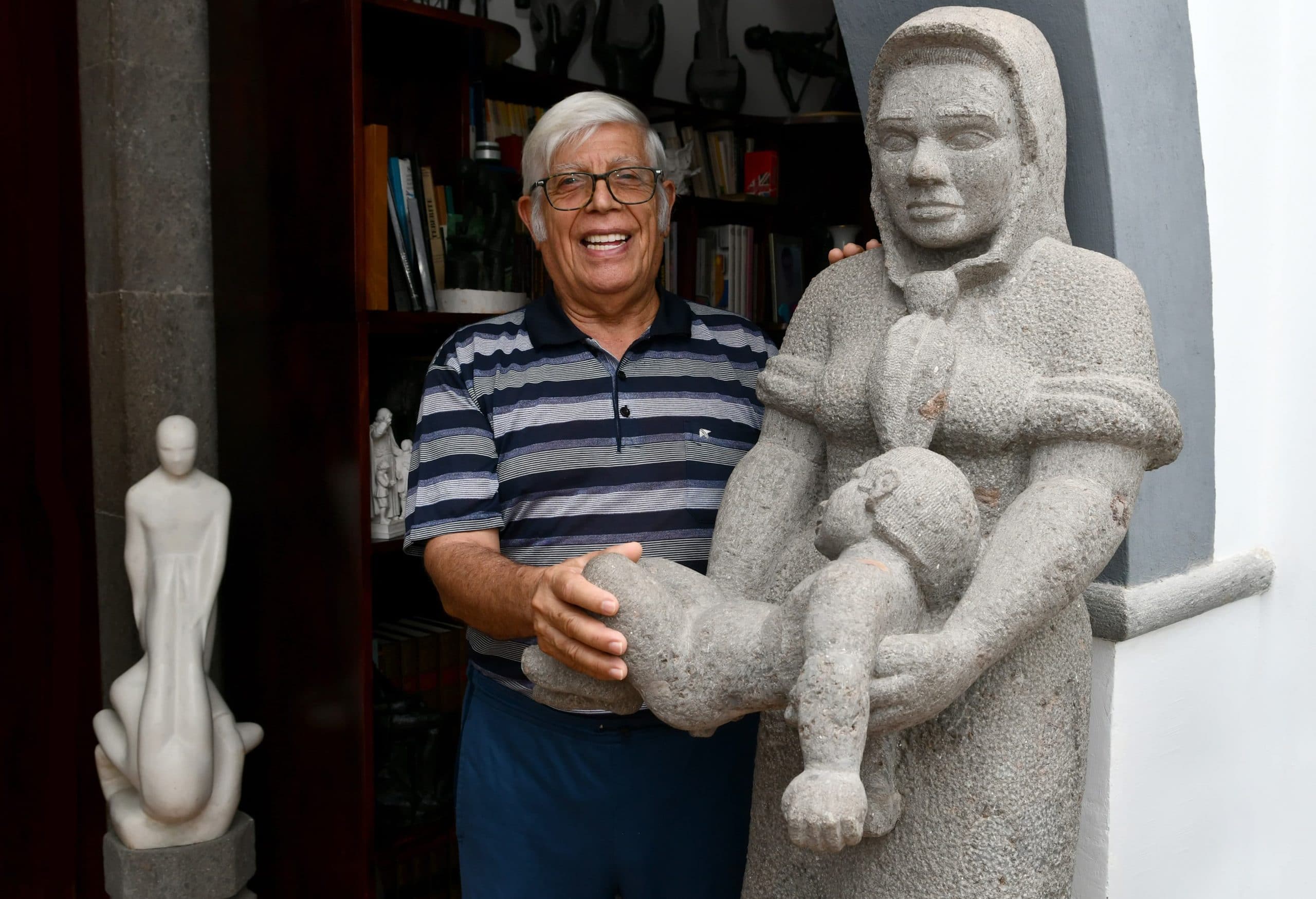
Do not believe ... The important thing is to continue being.-Relate an anecdote while they were working on the monumental Christ of Artenara-
"When I was polishing the Christ, raised on top, I started looking up and I was fatigued, everything moved me and I look down and I see that ravine ... I hugged the sculpture. I went down badly that day, that's why I tell him that the important thing is to continue being ”.
José Luis shows us some children's hand jobs and smiles when he mentions his granddaughters.
They come to my studio and do things, they play, they come and go. They like it, they like it….
From the sculptor's studio the windows are eyes to the landscape of Arucas while his sculptures speak from his hands and from the freedom of those who contemplate them. Perhaps we can participate in that complicity in an exhibition of their work.



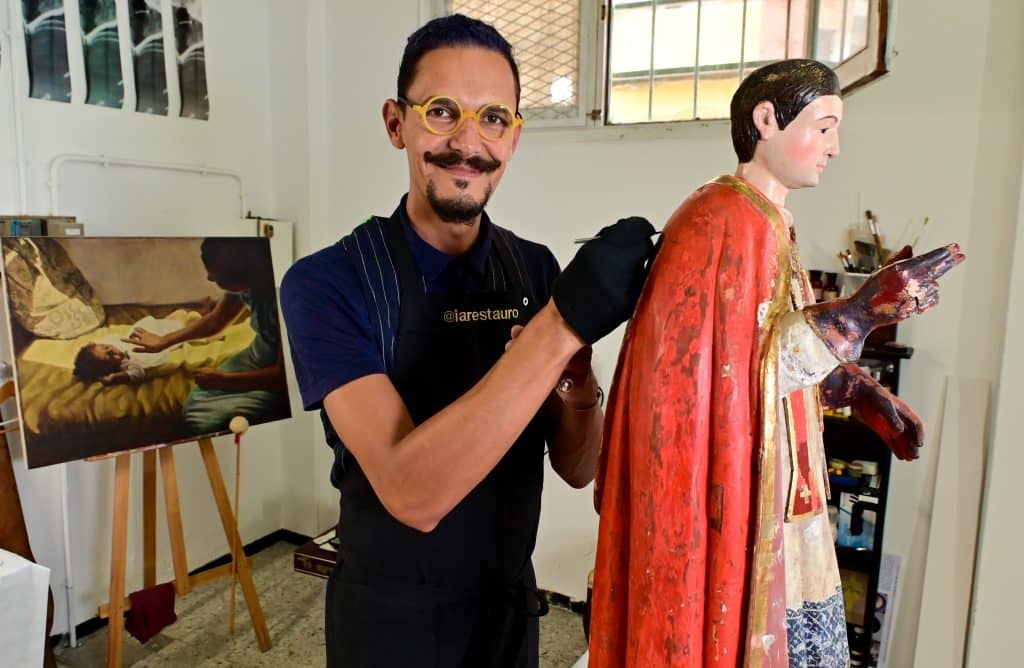


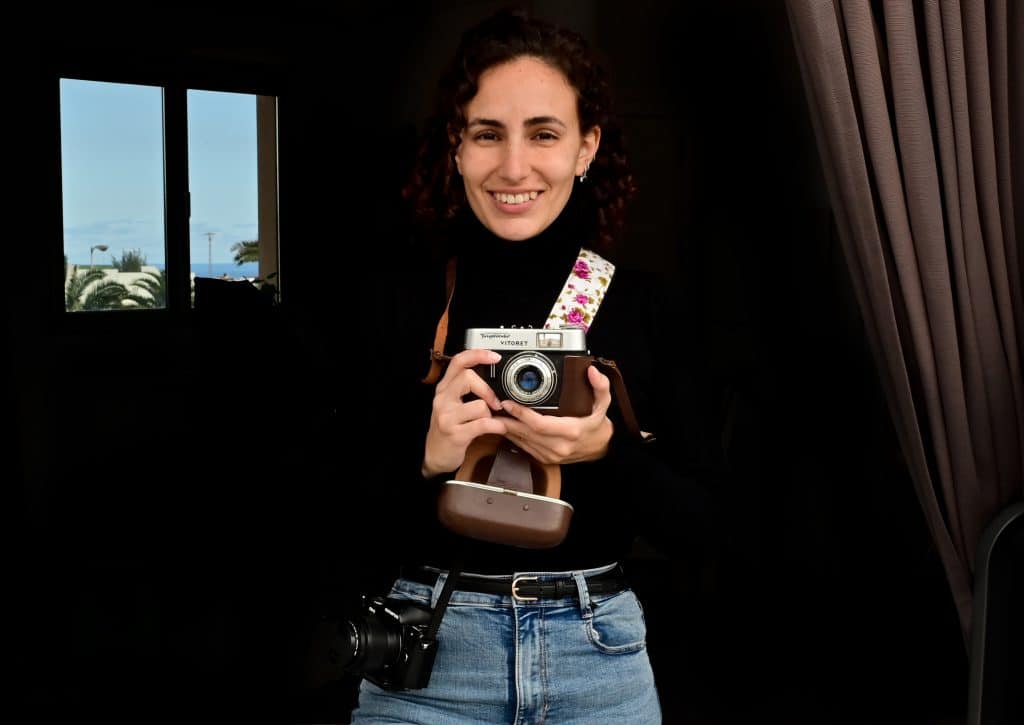
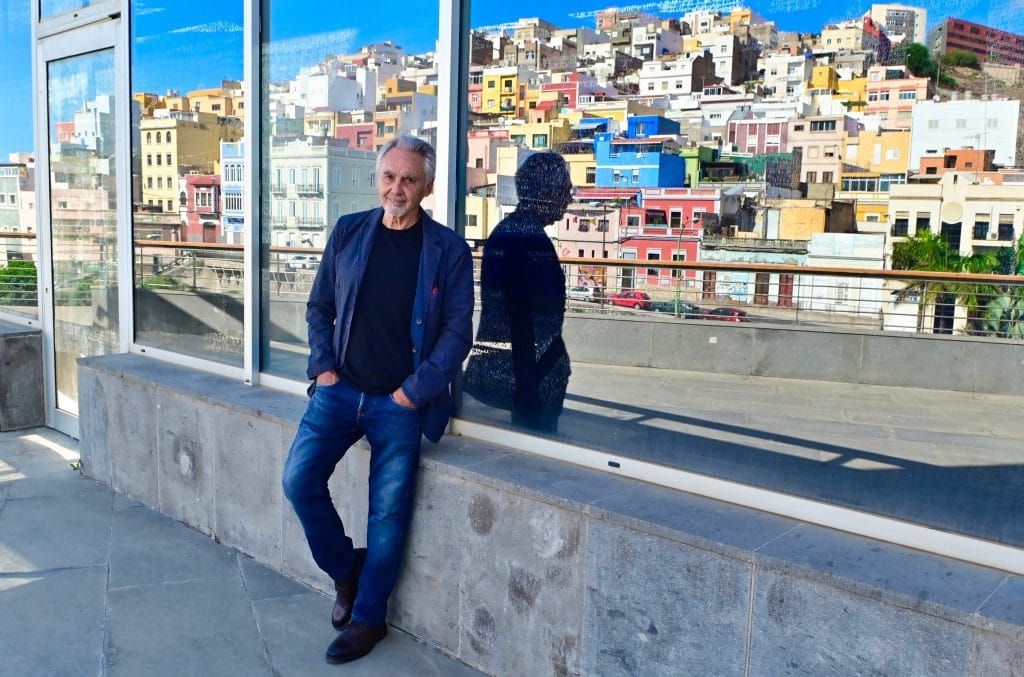
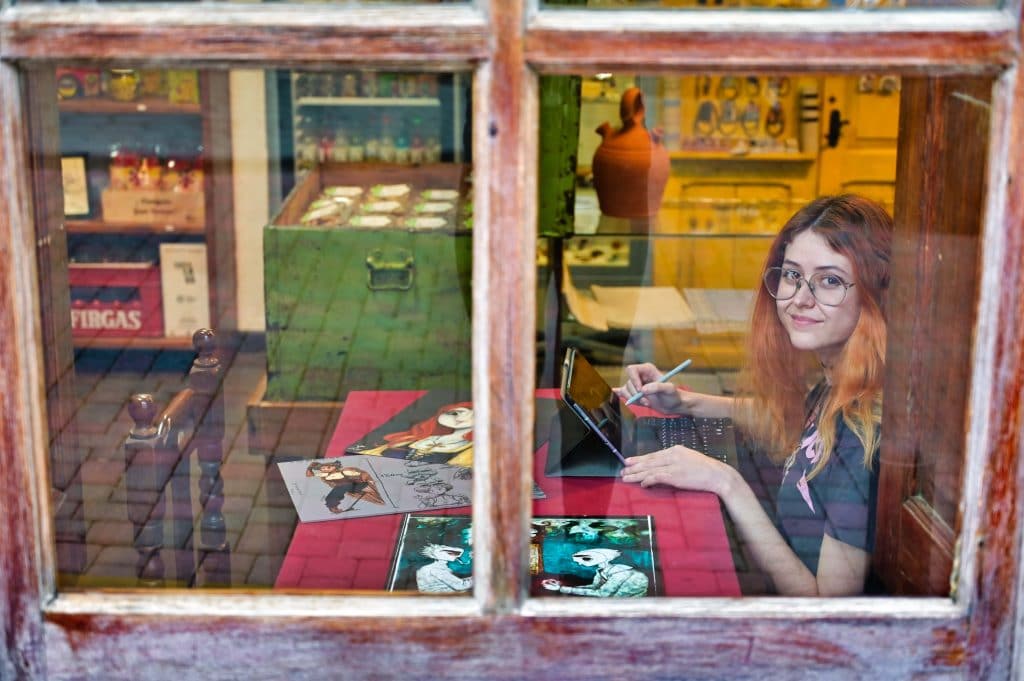
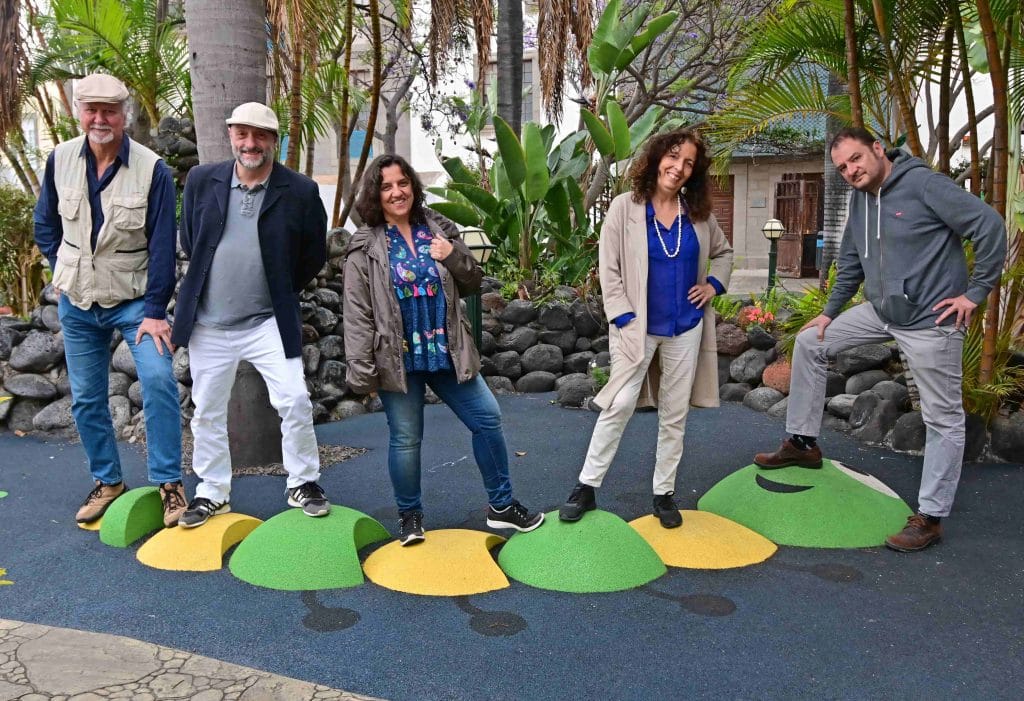
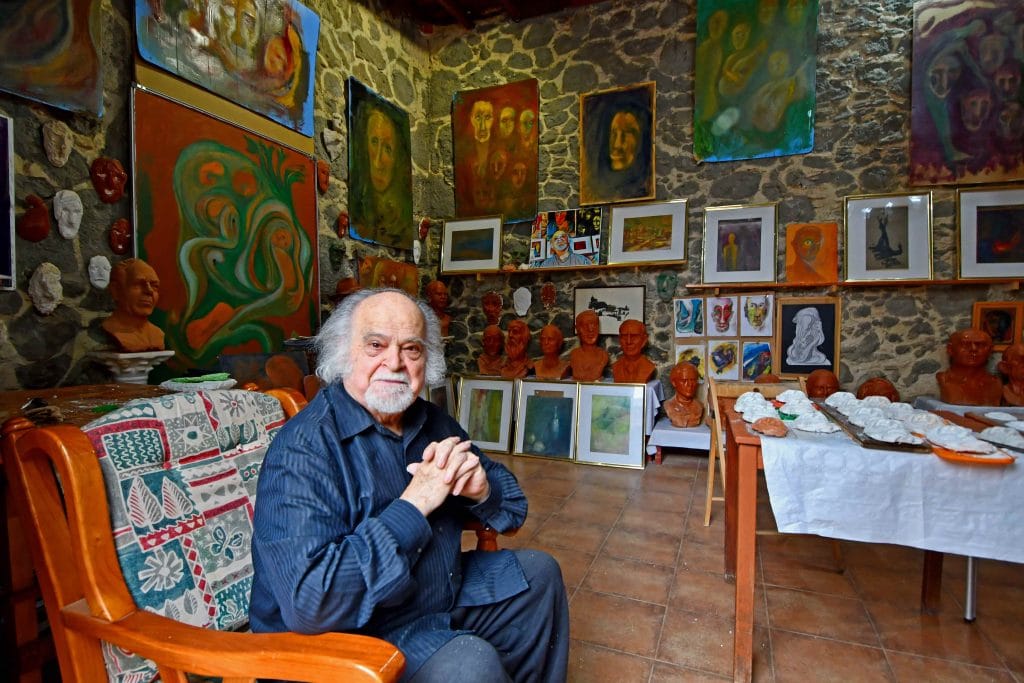
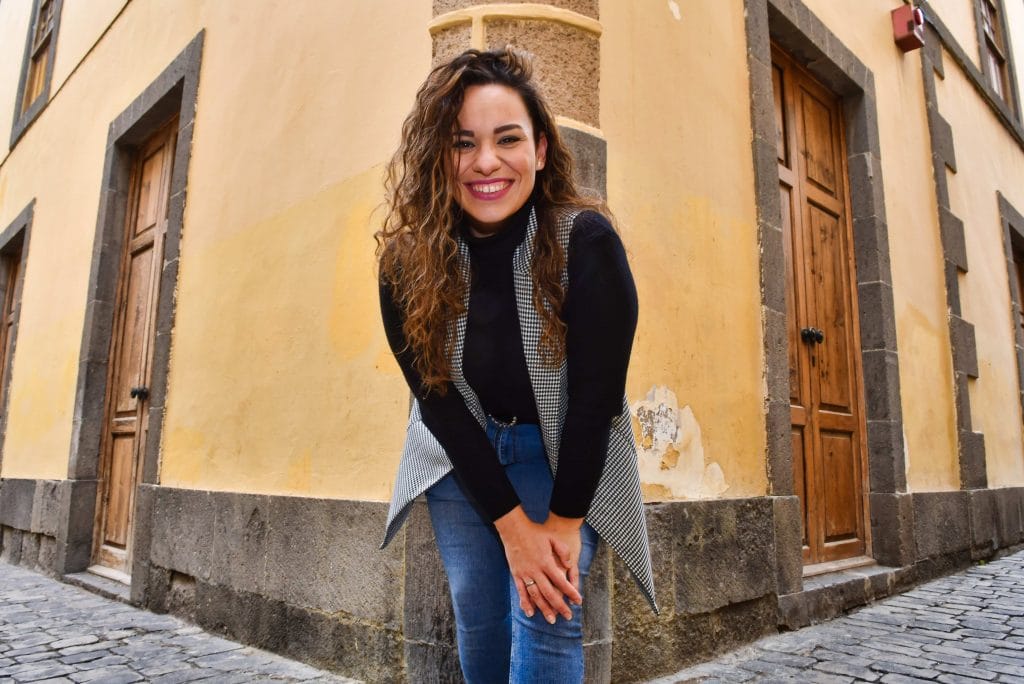
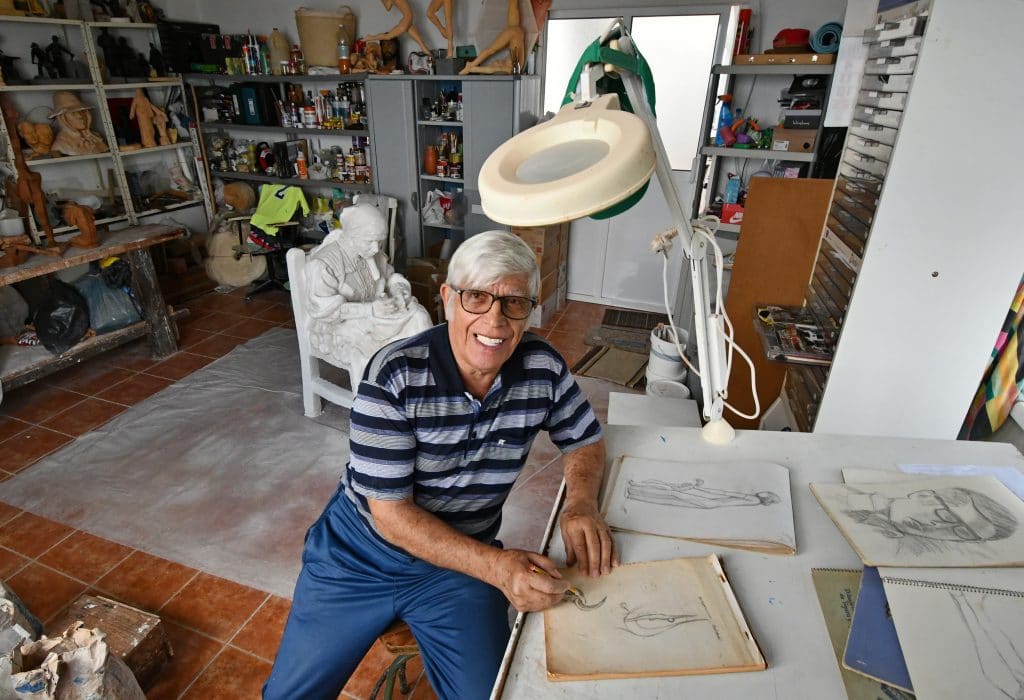
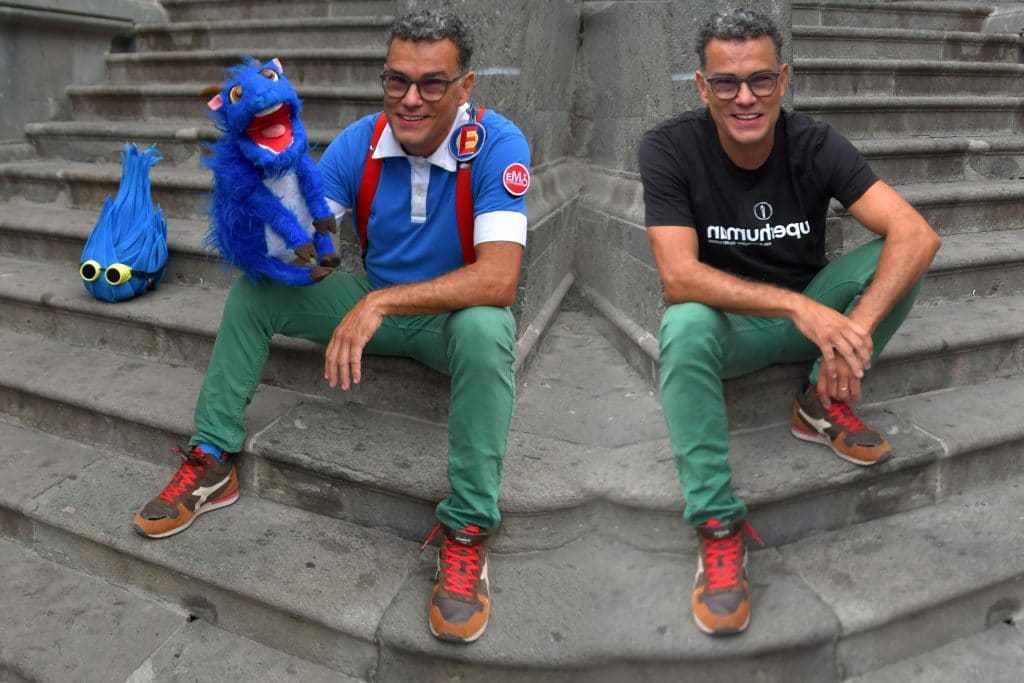
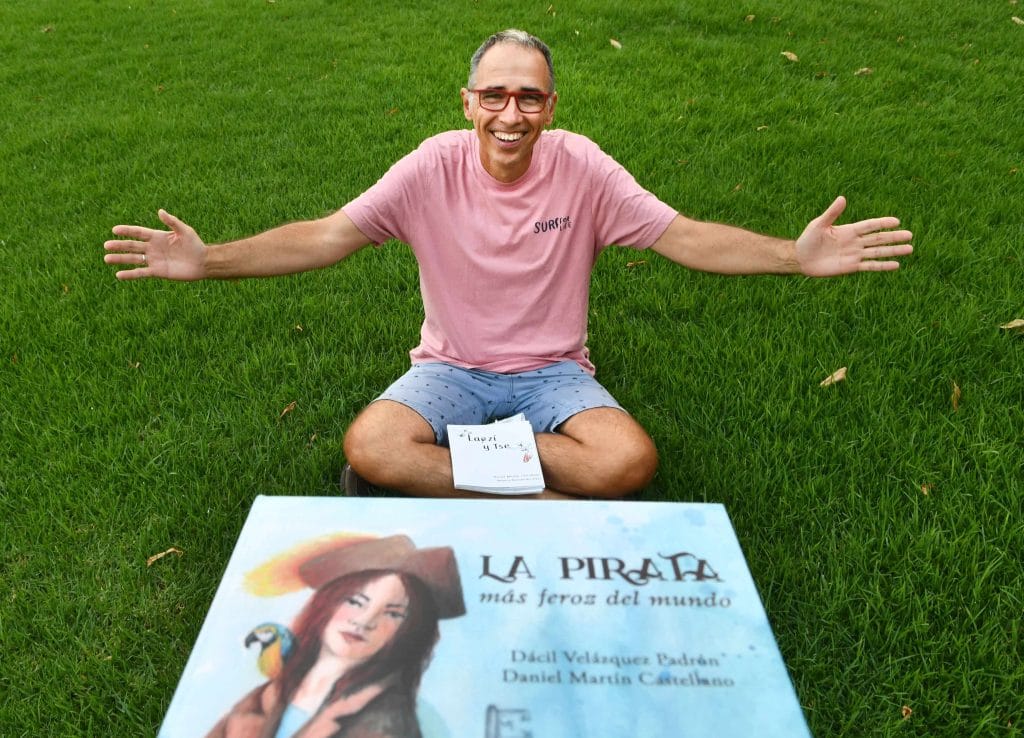
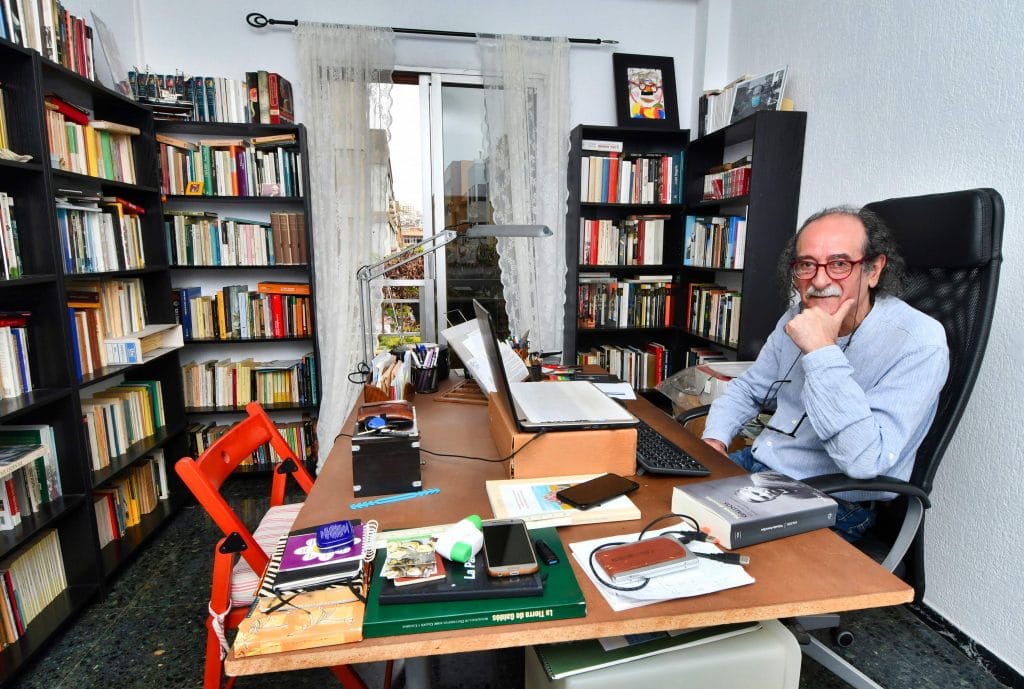

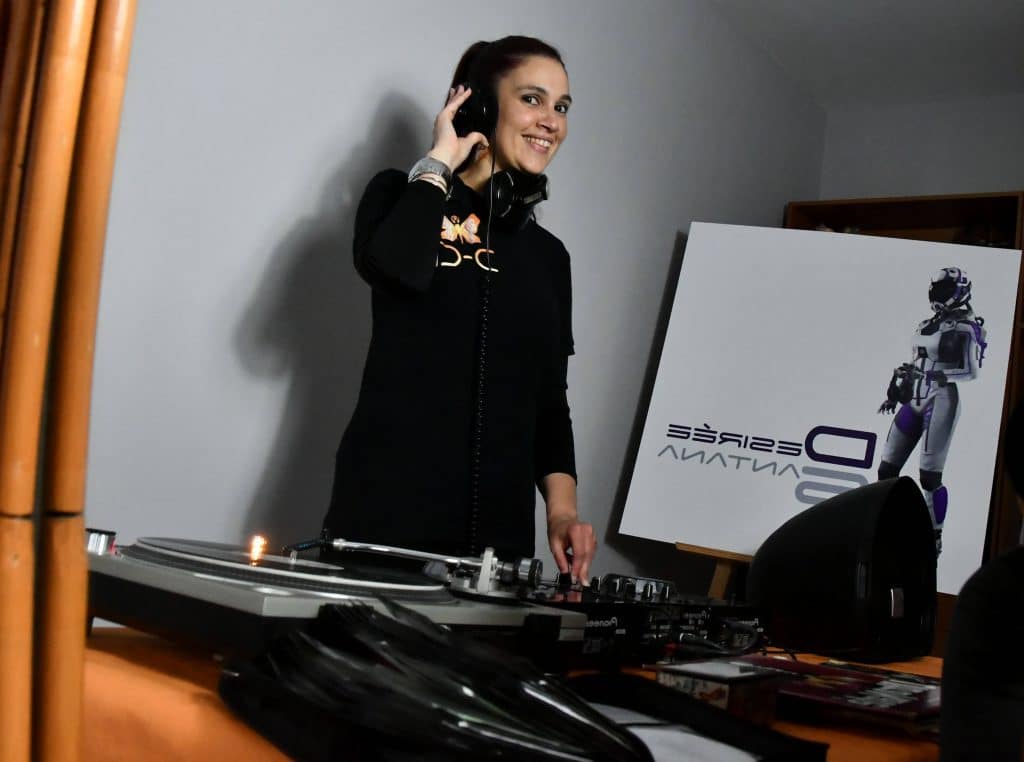
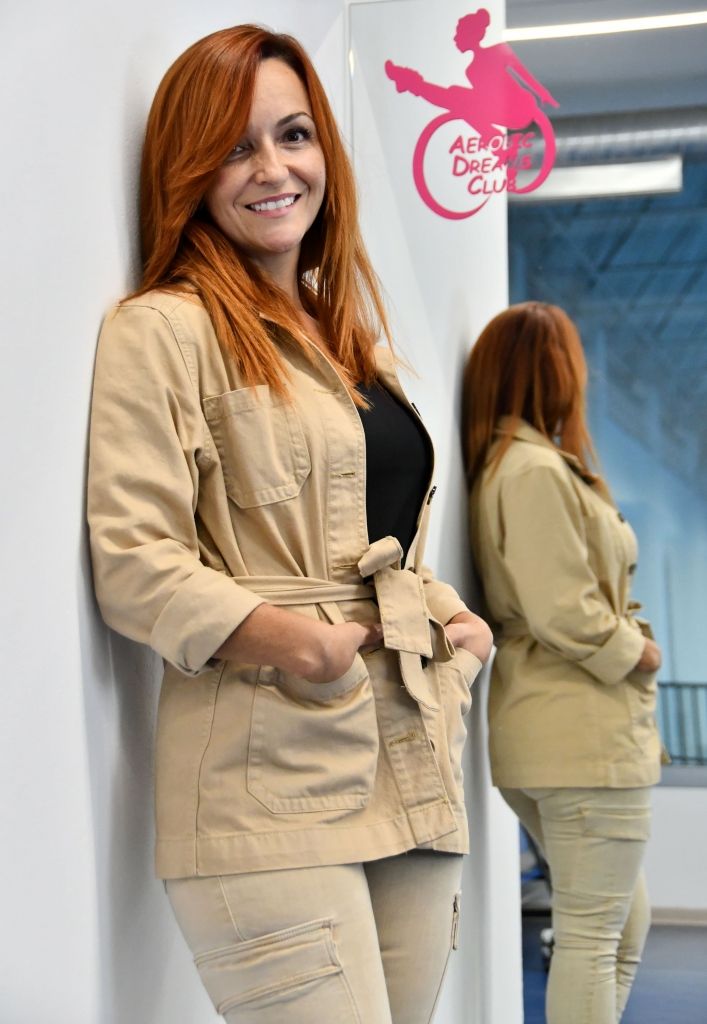
3 comments on "Jose Luis Marrero Cabrera is a teacher, sculptor and stonemason"
EXCELLENT ARUQUENSE MASTER OF SCULPTURE
Mr. José Luis Marrero is one of those "unique" people who leave a mark inside each one.
Knowing him is a privilege and an honor.
May God keep you for many years.
We totally agree, thanks for giving voice to José Luis Marrero and for reading, http://www.saldelatlantico.com, the canarian magazine.